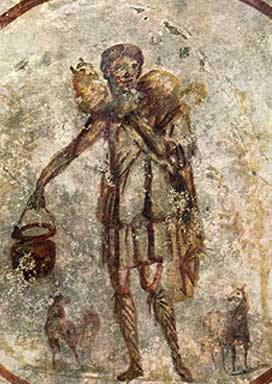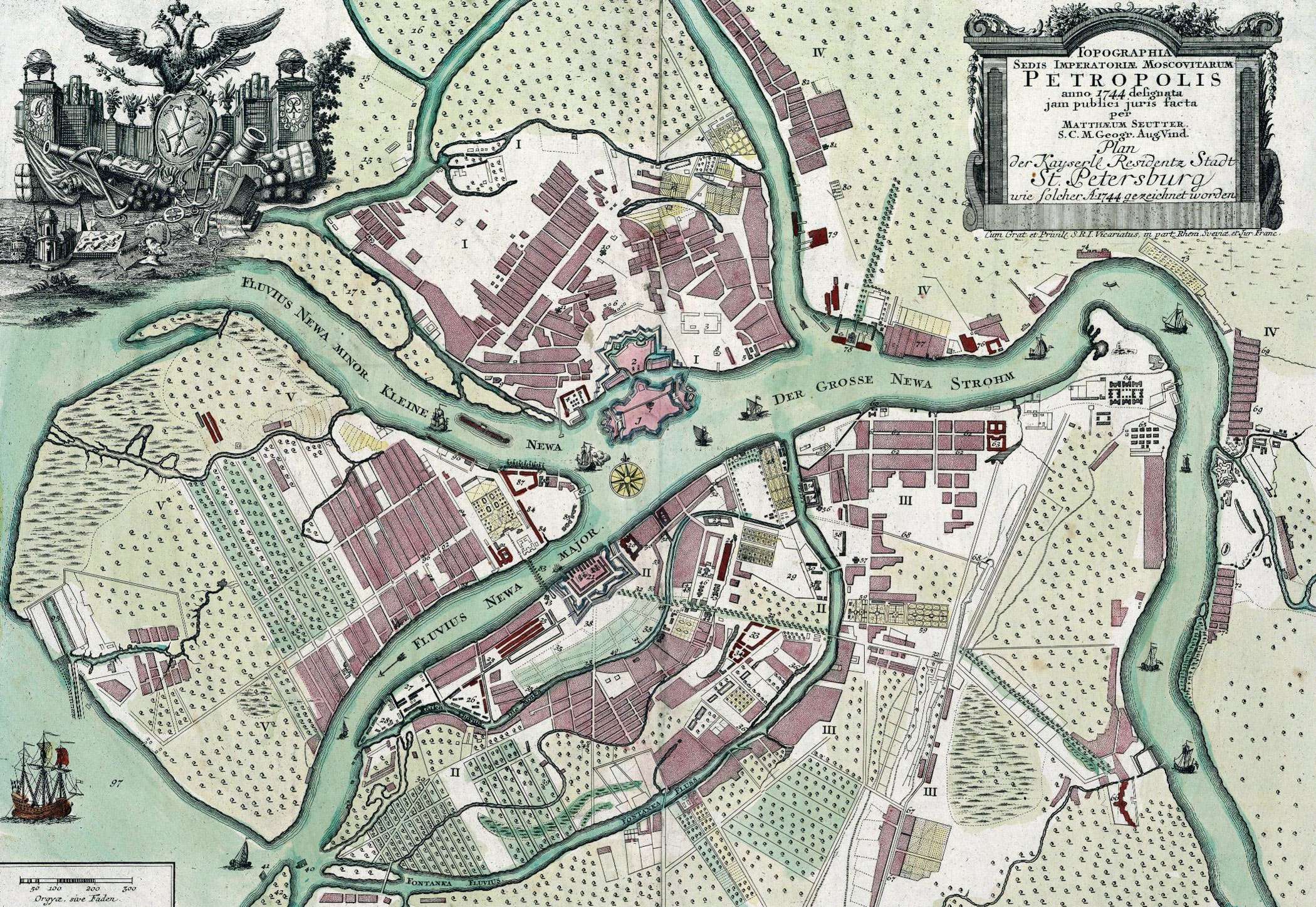|
Catacomb Church
The Catacomb Church (russian: Катакомбная церковь) as a collective name labels those representatives of the Russian Orthodox clergy, laity, communities, monasteries, brotherhoods, etc., who for various reasons, have moved to an illegal position since the 1920s. In a narrow sense, the term "catacomb church" means not just illegal communities, but communities that rejected subordination to the Acting patriarchal ''locum tenens'' Metropolitan Sergius (Stragorodsky) after 1927, and adopted anti-Soviet positions. During the Cold War the ROCOR popularized the term in the latter sense, first within the Russian diaspora, and then in the USSR by sending illegal literature there.''Беглов А. Л.'Понятие «катакомбная церковь»: мифы и реальность// Меневские чтения. 2006. Научная конференция «Церковная жизнь XX века: протоиерей Александр Мень и его Р... [...More Info...] [...Related Items...] OR: [Wikipedia] [Google] [Baidu] |
Russian Orthodoxy
Russian Orthodoxy (russian: –Ý—É—Å—Å–∫–æ–µ –ø—Ä–∞–≤–æ—Å–ª–∞–≤–∏–µ) is the body of several churches within the larger communion of Eastern Orthodoxy, Eastern Orthodox Christianity, whose liturgy is or was traditionally conducted in Church Slavonic language. Most Churches of the Russian Orthodox tradition are part of the Eastern Orthodox Church. Origin Historically, the term "Greek Orthodox" has been used to describe all Eastern Orthodox churches, since the term "Greek" can refer to the heritage of the Byzantine Empire. However, the Ecumenical Patriarchate of Constantinople, as a center of power, will gradually lose a significant part of its authority in the eyes of Orthodox believers after the Bull of Union with the Greeks, union with Rome in 1439. In December 1448, the Russian Orthodox Church ''de facto'' declared its autocephaly by instaling Jonah Metropolitan of Moscow, Jonas, a Russian bishop, as Metropolis of Kiev and all Rus', Metropolitan of Kiev and All Russia (with per ... [...More Info...] [...Related Items...] OR: [Wikipedia] [Google] [Baidu] |
All-Russian Central Executive Committee
The All-Russian Central Executive Committee ( rus, –í—Å–µ—Ä–æ—Å—Å–∏–π—Å–∫–∏–π –¶–µ–Ω—Ç—Ä–∞–ª—å–Ω—ã–π –ò—Å–ø–æ–ª–Ω–∏—Ç–µ–ª—å–Ω—ã–π –ö–æ–º–∏—Ç–µ—Ç, Vserossiysky Centralny Ispolnitelny Komitet, VTsIK) was the highest legislative, administrative and revising body of the Russian Soviet Federative Socialist Republic (Russian SFSR) from 1917 until 1937. Although the All-Russian Congress of Soviets had supreme authority, in periods between its sessions its powers were passed to VTsIK. Organization The 1918 Russian Constitution required that the VTsIK convene the All-Russian Congress of Soviets no fewer than two times a year (Statute 26 of Article III). Additional Congresses could be called by the VTsIK or on the request of local Soviets. The VTsIK was elected by a full Congress, with no more than 200 individuals. It was completely subordinate to the Congress. The functions of the Collegiate or the Presidium were not declared in the Constitution, but presumably they were supposed to be pu ... [...More Info...] [...Related Items...] OR: [Wikipedia] [Google] [Baidu] |
Petrograd
Saint Petersburg ( rus, links=no, –°–∞–Ω–∫—Ç-–ü–µ—Ç–µ—Ä–±—É—Ä–≥, a=Ru-Sankt Peterburg Leningrad Petrograd Piter.ogg, r=Sankt-Peterburg, p=Ààsankt p ≤…™t ≤…™rÀàburk), formerly known as Petrograd (1914‚Äì1924) and later Leningrad (1924‚Äì1991), is the second-largest city in Russia. It is situated on the Neva River, at the head of the Gulf of Finland on the Baltic Sea, with a population of roughly 5.4 million residents. Saint Petersburg is the fourth-most populous city in Europe after Istanbul, Moscow and London, the most populous city on the Baltic Sea, and the world's northernmost city of more than 1 million residents. As Russia's Imperial capital, and a historically strategic port, it is governed as a federal city. The city was founded by Tsar Peter the Great on 27 May 1703 on the site of a captured Swedish fortress, and was named after apostle Saint Peter. In Russia, Saint Petersburg is historically and culturally associated with th ... [...More Info...] [...Related Items...] OR: [Wikipedia] [Google] [Baidu] |
Catacombs Of Rome
The Catacombs of Rome ( it, Catacombe di Roma) are ancient catacombs, underground burial places in and around Rome, of which there are at least forty, some rediscovered only in recent decades. Though most famous for Christian burials, either in separate catacombs or mixed together, Jews and also adherents of a variety of pagan Roman religions were buried in catacombs, beginning in the 2nd century AD,Toynbee: 39–40. occasioned by the ancient Roman ban on burials within a city, and also as a response to overcrowding and shortage of land. The most extensive and perhaps the best known is the Christian Catacomb of Callixtus located near the Park of the Caffarella, but there are other sites, both Christian and not, scattered around the city, some of which are now engulfed by modern urban sprawl. The Christian catacombs are extremely important for the history of Early Christian art, as they contain the great majority of examples from before about 400 AD, in fresco and sculpture, as ... [...More Info...] [...Related Items...] OR: [Wikipedia] [Google] [Baidu] |
Catacombs Of Rome
The Catacombs of Rome ( it, Catacombe di Roma) are ancient catacombs, underground burial places in and around Rome, of which there are at least forty, some rediscovered only in recent decades. Though most famous for Christian burials, either in separate catacombs or mixed together, Jews and also adherents of a variety of pagan Roman religions were buried in catacombs, beginning in the 2nd century AD,Toynbee: 39–40. occasioned by the ancient Roman ban on burials within a city, and also as a response to overcrowding and shortage of land. The most extensive and perhaps the best known is the Christian Catacomb of Callixtus located near the Park of the Caffarella, but there are other sites, both Christian and not, scattered around the city, some of which are now engulfed by modern urban sprawl. The Christian catacombs are extremely important for the history of Early Christian art, as they contain the great majority of examples from before about 400 AD, in fresco and sculpture, as ... [...More Info...] [...Related Items...] OR: [Wikipedia] [Google] [Baidu] |
Early Christians
Early Christianity (up to the First Council of Nicaea in 325) spread from the Levant, across the Roman Empire, and beyond. Originally, this progression was closely connected to already established Jewish centers in the Holy Land and the Jewish diaspora. The first followers of Christianity were Jews or proselytes, commonly referred to as Jewish Christians and God-fearers. The Apostolic sees claim to have been founded by one or more of the apostles of Jesus, who are said to have dispersed from Jerusalem sometime after the crucifixion of Jesus, c. 26–36, perhaps following the Great Commission. Early Christians gathered in small private homes, known as house churches, but a city's whole Christian community would also be called a church – the Greek noun ἐκκλησία (''ekklesia'') literally means assembly, gathering, or congregation but is translated as church in most English translations of the New Testament. Many early Christians were merchants and others who had pract ... [...More Info...] [...Related Items...] OR: [Wikipedia] [Google] [Baidu] |
Catacombs
Catacombs are man-made subterranean passageways for religious practice. Any chamber used as a burial place is a catacomb, although the word is most commonly associated with the Roman Empire. Etymology and history The first place to be referred to as ''catacombs'' was the system of underground tombs between the 2nd and 3rd milestones of the Appian Way in Rome, where the bodies of the apostles Peter and Paul, among others, were said to have been buried. The name of that place in Late Latin was L.L. fem. nom. pl. n. ''catacumbas'' (sing. ''catacumba'') a word of obscure origin, possibly deriving from a proper name or a derivation of the Latin phrase ''catatumbas'', "among the tombs". The word referred originally only to the Roman catacombs, but was extended by 1836 to refer to any subterranean receptacle of the dead, as in the 18th-century Paris catacombs. The ancient Christians carved the first catacombs from soft tufa rock. (ref)" (World Book Encyclopedia, page 296) All Roman ca ... [...More Info...] [...Related Items...] OR: [Wikipedia] [Google] [Baidu] |
House Church
A house church or home church is a label used to describe a group of Christians who regularly gather for worship in private homes. The group may be part of a larger Christian body, such as a parish, but some have been independent groups that see the house church as the primary form of Christian community. Sometimes these groups meet because the membership is small, and a home is the most appropriate place to assemble until such time as the group has sufficient funds to rent a regular place to meet (as in the beginning phase of the British New Church Movement). Sometimes this meeting style is advantageous because the group is a member of a Christian congregation which is otherwise banned from meeting as is the case in China and Iran. Some recent Christian writers have supported the view that the Christian Church should meet in houses, and have based the operation of their communities around multiple small home meetings. Other Christian groups choose to meet in houses when they a ... [...More Info...] [...Related Items...] OR: [Wikipedia] [Google] [Baidu] |
Renovationists
Renovationism (russian: –æ–±–Ω–æ–≤–ª–µ–Ω—á–µ—Å—Ç–≤–æ; from 'renovation, renewal') ‚Äì also called Renovated Church (–æ–±–Ω–æ–≤–ª–µ–Ω—á–µ—Å–∫–∞—è —Ü–µ—Ä–∫–æ–≤—å) or by metonymy the Living Church (–ñ–∏–≤–∞—è –¶–µ—Ä–∫–æ–≤—å) ‚Äì, officially named Orthodox Russian Church (–ü—Ä–∞–≤–æ—Å–ª–∞–≤–Ω–∞—è –Ý–æ—Å—Å–∏–π—Å–∫–∞—è –¶–µ—Ä–∫–æ–≤—å), and later Orthodox Church in USSR (–ü—Ä–∞–≤–æ—Å–ª–∞–≤–Ω–∞—è –¶–µ—Ä–∫–æ–≤—å –≤ –°–°–°–Ý), was a religious movement that schismed from the Russian Orthodox Church in 1922. The movement ceased to exist in late 1940s. This movement originally begun as a grassroots movement among the Russian Orthodox clergy for the reformation of the Church, but was quickly influenced by the support of the Soviet secret services (CheKa, then GPU, NKVD), which had hoped to split and weaken the Russian Church by instigating schismatic movements within it. Robert Service, ''A History of Modern Russia, from Nicholas II to Putin'' p 135 The beginning of actual schism is usually ... [...More Info...] [...Related Items...] OR: [Wikipedia] [Google] [Baidu] |
Saint Petersburg
Saint Petersburg ( rus, links=no, –°–∞–Ω–∫—Ç-–ü–µ—Ç–µ—Ä–±—É—Ä–≥, a=Ru-Sankt Peterburg Leningrad Petrograd Piter.ogg, r=Sankt-Peterburg, p=Ààsankt p ≤…™t ≤…™rÀàburk), formerly known as Petrograd (1914‚Äì1924) and later Leningrad (1924‚Äì1991), is the second-largest city in Russia. It is situated on the Neva River, at the head of the Gulf of Finland on the Baltic Sea, with a population of roughly 5.4 million residents. Saint Petersburg is the fourth-most populous city in Europe after Istanbul, Moscow and London, the most populous city on the Baltic Sea, and the world's northernmost city of more than 1 million residents. As Russia's Imperial capital, and a historically strategic port, it is governed as a federal city. The city was founded by Tsar Peter the Great on 27 May 1703 on the site of a captured Swedish fortress, and was named after apostle Saint Peter. In Russia, Saint Petersburg is historically and culturally associated with t ... [...More Info...] [...Related Items...] OR: [Wikipedia] [Google] [Baidu] |
Eulogius (Georgievsky)
Eulogius (russian: Евло́гий, born Vasily Semyonovich Georgiyevsky, russian: Васи́лий Семёнович Гео́ргиевский; April 10, 1868 РApril 8, 1946 in Paris) was an Orthodox Christian bishop, who led elements of the Russian Orthodox diaspora in Western Europe from 1921 until his death. From 1931 he was head of the Patriarchal Exarchate for Orthodox Parishes of Russian Tradition in Western Europe. He was at various times archbishop and metropolitan bishop of the Moscow Patriarchate, the Russian Orthodox Church Outside Russia and the Ecumenical Patriarchate. Biography Vasili Semyonovitch Georgiyevskiy was born on 10 April 1868. He graduated from the Moscow Theological Academy in 1892. In 1903 he was consecrated as a bishop of the Orthodox Church. In 1907 he was a member of the Russian Duma. From 1912 to 1914 he was bishop of Kholm with the title of archbishop, and from 1914 to 1919 he was archbishop of Volhynia. After the Russian Revolut ... [...More Info...] [...Related Items...] OR: [Wikipedia] [Google] [Baidu] |




